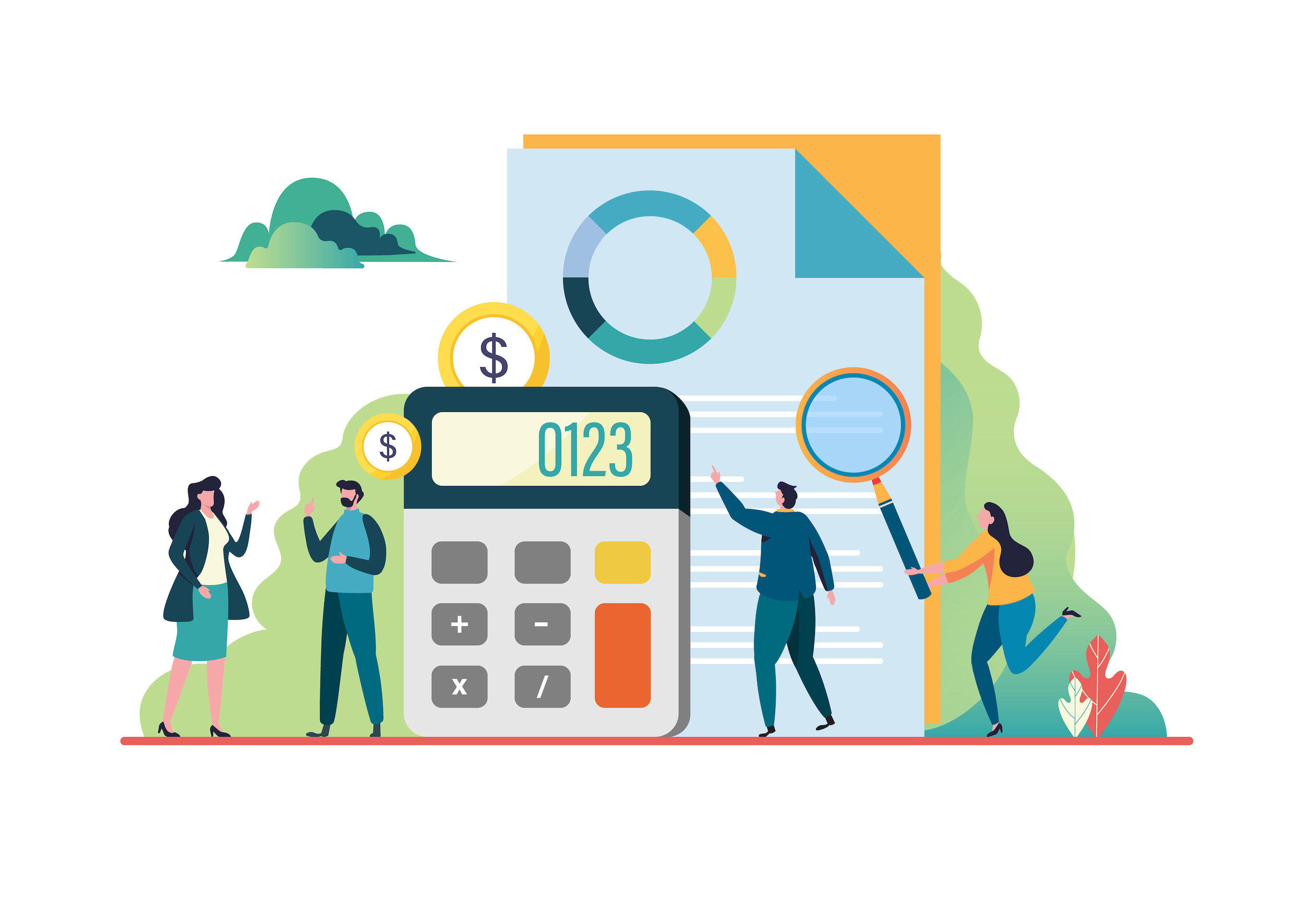
With 2023 in full swing reach your financial goals by effectively managing cash flow.
Cash Buckets
The first step to managing your cash flow is to open six checking accounts, each named for their purpose: income, inventory, profit, owner’s compensation, taxes, and operating expenses are a great place to start. Opening multiple checking accounts prevents you from overspending in significant areas.
Next, you’ll have to prioritize money for certain expenses. This will help you save money for inventory, emergencies, taxes, etc. To avoid overspending, make purchasing decisions with the funds available in your account for that category. If the account is empty, wait for it to be replenished.
It’s important to stay in a rhythm. This means to avoid spending frenzies when cash is available allowing you to breathe easier when cash is in a pinch.
Reviewing Spend
Every two weeks, transfer the money in your income account to your checking categories based off pre-determined percentages. Every quarter make an extra payment on your debt, profit distribution, and taxes.
Also evaluate your pre-determined allocations quarterly. Some adjustments will likely need to be made. Finally, review the plan with your financial adviser annually to reach your financial goals.
Inspiration for this post comes from “Reach Financial Freedom” by Jacob Curtis published in the December 2022 issue of Creative Retailer.
If you’re looking for more information to guide you in owning a retail business, subscribe to Creative Retailer today. Already a subscriber? No worries—join our Facebook group for insights and dialogue from industry specialists like you. And don’t forget, you can always purchase single issues if you prefer that instead.
If you still can’t get enough, register for the Creative Retailer LIVE Spring 2023 event May 2-4 in Pawhuska, Oklahoma for opportunities to learn from peers and network with industry professionals.





